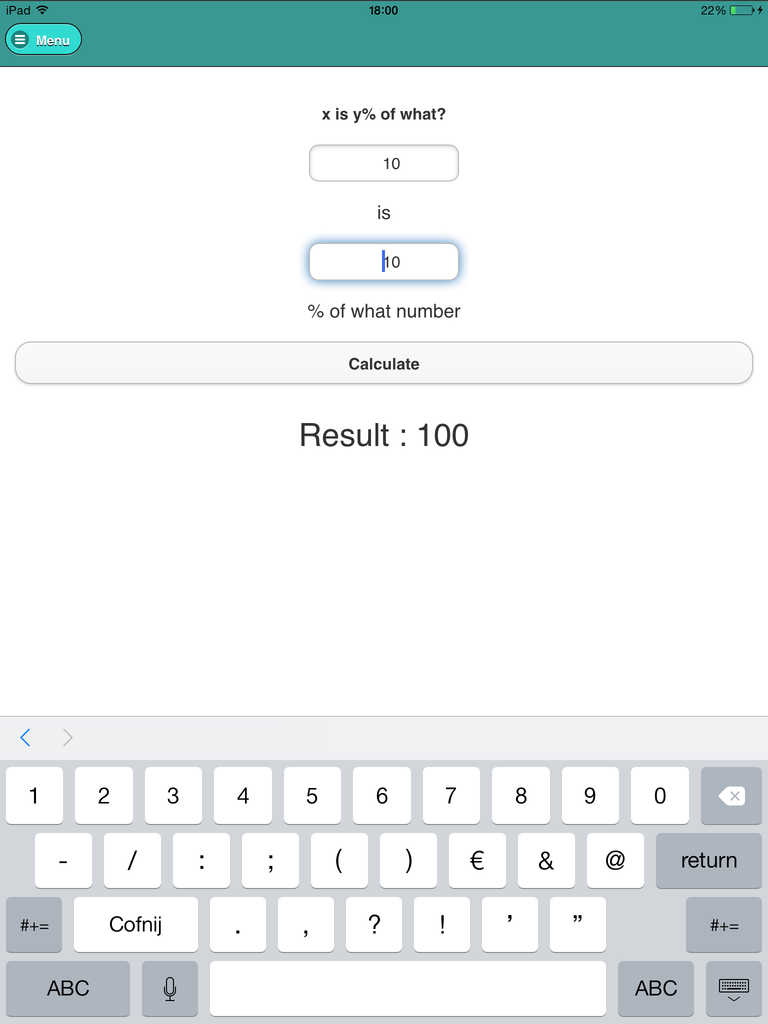
- #Best stock profit calculator app how to#
- #Best stock profit calculator app plus#
- #Best stock profit calculator app download#
#Best stock profit calculator app download#
This helps keep your positions organized and gives you the ability to track performance on each subgroup separate from one another.įor closed positions, one way to track performance is to download them into a spreadsheet and sort profitable trades from unprofitable ones. With open positions, you can create subgroups focused on concepts like “short-term,” “long-term,” “speculative,” “value,” or any number of criteria, and then add the appropriate positions to each. If you’re a day trader, you might be more focused on daily and open P/L, whereas a long-term investor might be more concerned with YTD P/L.Īnother way to track performance is to differentiate between open positions and closed positions. Your P/L would like look like this:Īs the examples above illustrate, you can mix and match these metrics to track the type of performance that matters most to you. Meanwhile, the XYZ share price was unchanged. Now let’s say the following day, shares of ABC drop $0.50 per share, and you decide to sell it. Assuming both stocks immediately go up $1, your profit/loss would look like this (please be mindful that this example excludes commissions and transaction fees): You then buy 500 shares each of ABC and XYZ stock, both of which are trading for $10. For example, let’s say that on the first trading day of the year, you start with $100,000 in your account and no open positions. These four different calculations can be used to measure your portfolio in various ways. Please keep in mind that when it comes to options, this will only calculate the P/L of single options and thus excludes spreads. This takes the P/L Open as the numerator and your execution price as the denominator. PROFIT/LOSS (P/L) %: P/L % calculates the percentage of money made or lost as a function of your execution price.

It includes the P/L for all open positions and any closed positions made for a specific stock or index done in a calendar year. PROFIT/LOSS (P/L) YEAR-TO-DATE (YTD): P/L YTD is the amount of money made or lost in a particular underlying security in the current calendar year. You can see execution price for any stock or option in your position by going to the Monitor tab and clicking the P/L Open dollar amount. PROFIT/LOSS (P/L) OPEN: P/L Open is the amount of money made or lost on your position since the inception of the trade. You can see the current price for any stock or option in your position on the Position Statement.
#Best stock profit calculator app plus#
PROFIT/LOSS (P/L) DAY: P/L Day is the amount of money made or lost on your position from last night’s close to the current mark, plus any intraday profit and loss.
#Best stock profit calculator app how to#
However, if you’re a more active trader or want to drill down deeper on your positions, there are a number of other ways to track performance, but first, let’s familiarize ourselves with some terms and how to access them on the thinkorswim® platform. Many investors typically start the New Year by noting their account balance and checking it periodically to measure how they’re doing that year. The simplest way to track performance is to mark your starting account balance and then compare it to your current balance, excluding any funds deposited or withdrawn, on whatever period you wish, such as daily, monthly, quarterly, etc.

For stock investors, measuring and tracking performance-derived from profit and loss-is the financial version of the foldout map. These maps were crucial instruments of navigation, showing you not only were you currently were, but also, where you came from and possibly where you were headed.

In a time before mobile phones and coast-to-coast cell coverage, roadside diners and gas stations did good business selling fold-out maps to travelers who passed through town.


 0 kommentar(er)
0 kommentar(er)
